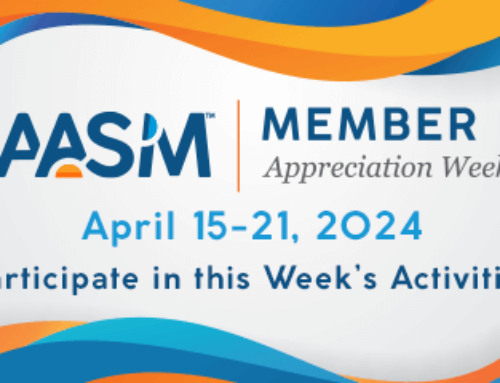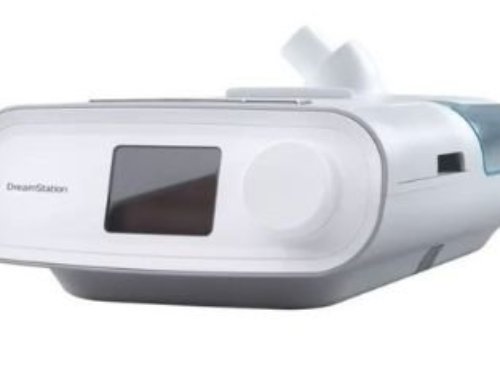The Centers for Medicare & Medicaid Services (CMS) recently released the Proposed Rule for the 2019 Medicare Physician Fee Schedule.
HSAT Codes
Within the Proposed Rule are the CMS recommendations for relative value units (RVUs) for three sleep medicine home sleep apnea test (HSAT) codes, which were resurveyed in 2017 by the AASM, the American Academy of Neurology (AAN), American College of Chest Physicians (CHEST), and the American Thoracic Society (ATS). Based on the survey data, the AMA/Specialty Society Relative Value Scale Update Committee (RUC) provided recommended work RVUs for the codes to CMS, which will determine the final value of the work RVUs. After reviewing the RUC recommendations, CMS proposed the work RVUs included in the table below.
| CPT Code | Code Descriptor | Current Work RVU | Recommended by RUC | Proposed by CMS |
|---|---|---|---|---|
| 95800 | Sleep study, unattended, simultaneous recording; heart rate, oxygen saturation, respiratory analysis (e.g., by airflow or peripheral arterial tone), and sleep time | 1.05 | 1.00 | 0.85 |
| 95801 | Sleep study, unattended, simultaneous recording; minimum heart rate, oxygen saturation, and respiratory analysis (e.g., by airflow or peripheral arterial tone) | 1.00 | 1.00 | 0.85 |
| 95806 | Sleep study, unattended, simultaneous recording of heart rate, oxygen saturation, respiratory airflow, and respiratory effort (e.g., thoracoabdominal movement) | 1.25 | 1.08 | 0.93 |
The AASM is working with the AAN, CHEST, and ATS, along with the American Medical Association (AMA), to advocate on behalf of sleep medicine professionals to encourage CMS to move forward with the RUC- recommended work RVUs for the three HSAT codes. The AASM is developing a template letter for members to use in response to CMS in support of the RUC recommendations.
Evaluation & Management (E/M)
CMS also is proposing several coding and payment changes intended to reduce administrative burden and improve payment accuracy for evaluation and management (E/M) visits. Some of these proposed changes include:
- Allowing practitioners to choose to document office/outpatient E/M visits using medical decision-making or time instead of applying the current 1995 or 1997 E/M documentation guidelines or, alternatively, practitioners could continue using the current framework;
- Expanding current options by allowing practitioners to use time as the governing factor in selecting visit level and documenting the E/M visit, regardless of whether counseling or care coordination dominate the visit;
- Expanding current options for documentation of history and exam, to allow practitioners to focus their documentation on what has changed since the last visit or on pertinent items that have not changed, rather than re-documenting information, provided they review and update the previous information;
- Allowing practitioners to simply review and verify certain information in the medical record that is entered by ancillary staff or the beneficiary, rather than re-entering it;
- Establishing single, blended payment rates for new and established patients for office/outpatient E/M level 2 through 5 visits and a series of add-on codes to reflect resources involved in furnishing primary care and non-procedural specialty generally recognized services;
- Establishing a multiple procedure payment adjustment to recognize efficiencies that are realized when E/M visits are furnished in conjunction with other procedures;
- Adding a new prolonged face-to-face E/M code, as well as a technical modification to the practice expense methodology;
- Eliminating the requirement to justify the medical necessity of a home visit in lieu of an office visit; and
- Eliminating potentially duplicative requirements for notations in medical records that may have previously been included in the medical records by residents or other members of the medical team, for E/M visits furnished by teaching physicians.
The AASM is reviewing the potential impact on sleep medicine of the proposals associated with E/M visits and will submit comments to CMS. All comments should be submitted to CMS by 5 p.m. Eastern on September 10. The final rule is expected to be released in early November.
Learn more about coding and reimbursement.









